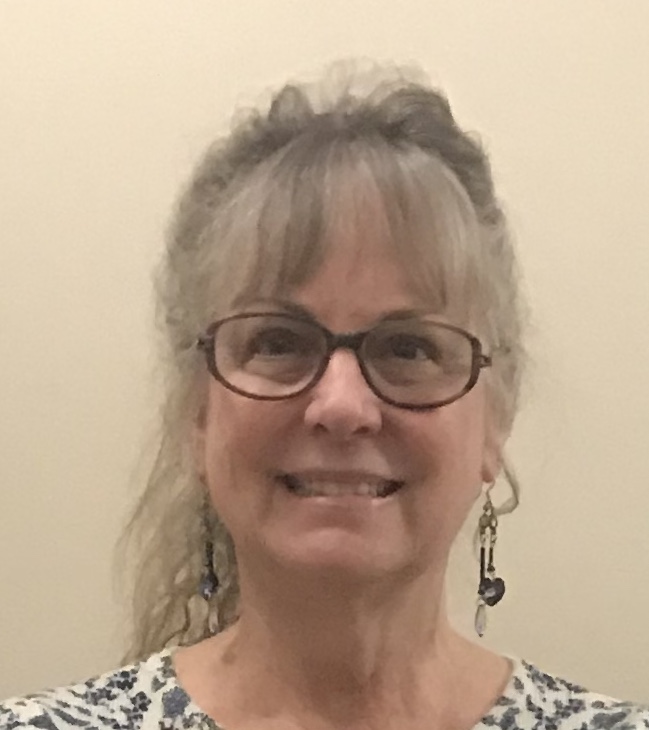Childhood Playmates
- Patricia

- Nov 5, 2021
- 2 min read

I used to try in vain to remember my childhood friends, the ones who lived in the same Seattle neighborhood I grew up in. My early years were not happy ones so forgetting became my survival mode. However, by the time I was middle-aged, I could sometimes catch a glimpse of their faces in my mind, but their names mostly still eluded me. Then recently, in my retirement, their names and faces have repopulated my memory.
As I recall them one by one, I realize the last name of one of my brother’s schoolmates who lived a few blocks away escapes me. He and my brother remained best friends throughout their high school years and beyond until we moved away. Since my brother passed away a little over a year ago it feels imperative that I remember his best friend’s last name. Determined, I try my old trick of slowly going through the alphabet letter by letter. Eventually I pair his first name to the letter “W”, but no last name fills in. Later, when I’m not thinking about it, it spontaneously pops up: his last name was Windhorn.
It feels so rewarding being able to remember the names and faces of my childhood playmates. We were just a bunch of kids who had fun together, mostly in summertime during my grade school years. The days were exceptionally lazy then, drawn out with sunshine and lawn sprinklers, and surely lasted much longer than normal. Those were important years, intertwined with growth spurts and evolving brains, laying down tributes to scuffed knees, roller-skates, sticky handlebars, and secret club passwords.
We belonged to each other, almost like a miniature country, our allegiance broken only by maturation and, finally, adulthood. It’s no wonder I hated forgetting. It was like losing a part of myself, a first layer of who I would become. Our time together signaled belonging, an essential peg in the wheel of learning how to be part of a community. Though no longer in contact with these now grown-up kids, through our interactions I began to understand the give and take of sharing, loyalty, and friendship.
According to UNHCR, the UN Refugee Agency, an estimated 35 million (42%) of the 82.4 million forcibly displaced people are children below 18 years of age (end-2020). Between 2018 and 2020, an average of between 290,000 and 340,000 children were born into a refugee life per year. We see videos of them on news broadcasts and documentaries, children often in tattered clothing and barefoot playing on hard packed dirt. Many are smiling and laughing as they interact with each other though most are experiencing ongoing hunger. They live in rows of tents or makeshift shelters of cardboard, plastic sheets and whatever else might be available.
But surely, like children anywhere in the world, they are forming little bands and learning how to be part of their community, regardless of how tragic refugee camp life is. They are beginning to understand the give and take of sharing, loyalty, and friendship. And whatever their futures are, my guess is that these early interactions will prove essential to who they become as adults. I imagine many relationships will survive the passage of time.
Humanity often surprises onlookers from more fortunate populations. Because integrity, compassion, and shared triumphs can thrive where little else does.



Comments